Human relationships naturally contain conflict as their basic element. The closest relationships do not prevent the emergence of misunderstandings, which lead to painful words and volatile emotions. People generally expect an apology to start with “I’m sorry”, but sometimes people make amends without saying anything. The process of making amends takes place through silent actions such as bringing tea to someone’s desk while calling about unimportant matters after silence or showing care through nonverbal gestures. These unspoken gestures function as silent apologies, which work to mend broken relationships without using verbal expressions of remorse. The underlying mechanisms of this occurrence remain unclear, while its effectiveness for healing remains to be determined.
Silence as an Expression Beyond Words
The process of delivering apologies through words creates emotional strain because it forces people to reveal personal information. When someone admits to making a mistake, they become exposed to potential harm. Social psychologists demonstrate that the process of apology creates self-image risks, which result in challenges to express them publicly (Schlenker & Darby, 1981). People who feel vulnerable tend to use nonverbal signals as their primary way to express themselves. These actions enable people to show remorse without exposing their ego to harm.
Cultural dimensions also play a role. The collective social framework in many Asian societies encourages avoidance of direct conflict because it helps maintain group unity. People in such settings express their apologies through silent actions, which demonstrate both concern and attempts at reconciliation. The research conducted by Ohbuchi and Kameda, and Agarie in 1989 shows that indirect apology methods operate as an established cultural practice. The practice of maintaining silence functions as a strategic relational technique that protects both personal dignity and group harmony.
Read More: Psychology behind Avoidance Behaviour
The Psychology of Nonverbal Repair
The brain accepts nonverbal signals because these signals avoid mental barriers. The human brain activates affiliative processes through actions such as touching and shared activities, which enhance receptiveness to reconciliation. The field of embodied cognition demonstrates that physical actions produce emotional effects, where smiling and touching, and helpful tasks lead to warm emotions, which reduce conflicts (Barsalou, 2008).
The meaning behind repair gestures surpasses their factual content because these signals demonstrate intentional behaviour rather than direct statements. According to Gottman and Silver (1999), marital stability research shows that small repair efforts, including post-argument smiles and humorous moments and shared activities, lead to enduring relationship success. The relationship significance surpasses the quarrel since these nonverbal signals convey this essential message.
Silent apologies maintain their appeal because they often appear to be unplanned. When people deliver a well-planned verbal apology, it sometimes sounds fake, but natural acts of kindness usually get perceived as authentic. When people interact daily in close relationships, their emotional connections make these interactions highly significant.
Read More: The Power of Non-verbal Communication in Relationships: What Your Body Language Says
The Limits of Silence in Apologies
Silent apologies function as solutions, but they do not serve as universal solutions for all situations. The absence of verbal recognition creates a permanent danger of people misunderstanding your intentions. When someone buys a gift or gives a favour, people might recognise these actions as part of their normal behaviour instead of recognising them as an apology. Research indicates that when integrity questions breach trust, parties need to communicate explicitly, according to Kim and colleagues (2004).
A situation with severe violations requires something deeper than just staying silent. Whenever someone experiences betrayal or abuse or deep hurt, the words spoken become essential. Victims require clear recognition of their pain to obtain validation, according to Tavuchis (1991). People might interpret non-verbal actions in a way that makes them appear uninterested or lacking an appropriate response. The absence of speech during these circumstances tends to make injuries worse instead of promoting their recovery. Communication through words becomes vital when addressing complicated emotional situations.
Read More: What Is Nonverbal Communication: Know About Its Types and Importance
Balancing Words and Gestures
Effective repair happens best through a combination of verbal expressions alongside physical responses. A verbal “I’m sorry” together with meaningful actions helps to confirm the genuine nature of the apology. Neuroscientific studies show that people perceive authenticity more strongly when verbal communication combines with nonverbal signals (Van Kleef et al., 2011).
The way people understand things depends on the surrounding context. The same gesture has different effects in different relationships because of the relationship history and emotional connection, as well as cultural heritage. Silent apologies function as an additional method that should not substitute spoken acknowledgements when the situation demands a verbal response.
Read More: 9 Ways to Spot an Fake Apology
Conclusion: The Quiet Language of Repair
The absence of spoken words does not prevent people from building meaningful connections through silent apologies. People demonstrate their care through natural actions, together with established patterns and discreet offerings to others. The unspoken methods of repair help to mend minor relationship gaps while confirming relationship value through nonverbal means. Words become essential for acknowledging responsibility and validating hurt when serious harm occurs because silence has its boundaries.
Reconciliation requires a mix of verbal communication and nonverbal actions, which mirrors its intricate nature. The nonverbal communication of action heals more effectively than verbal statements because it includes physical gestures and completed tasks and tender moments, which express what words cannot. Through nonverbal apologies, human relationships demonstrate their delicate yet strong ability to endure.
FAQs
1. Are silent apologies as effective as verbal ones?
Silent apologies can be effective in close, trusting relationships and in cultures where indirect communication is valued. However, in cases of serious harm or ambiguity, verbal apologies are often necessary for full repair.
2. Why do some people avoid verbal apologies?
Psychological vulnerability, fear of rejection, and cultural norms influence why people turn to silence. Admitting fault verbally can feel threatening to self-image, making gestures a less confrontational alternative.
3. Can silent apologies backfire?
Yes. If the gesture is too subtle or inconsistent with past behaviour, it may be misinterpreted as routine or insincere. This can leave the hurt party feeling ignored.
4. How can someone balance gestures and words in repairing relationships?
Pairing a verbal apology with an action often communicates sincerity most effectively. For example, saying “I’m sorry” while making amends through service or affection reinforces authenticity.
5. Are silent apologies culturally universal?
While nonverbal repair exists globally, its acceptance varies. In collectivist cultures, indirect gestures may be preferred. In more individualistic societies, direct verbal acknowledgement is often expected.
References +
Barsalou, L. W. (2008). Grounded cognition. Annual Review of Psychology, 59(1), 617–645. https://doi.org/10.1146/annurev.psych.59.103006.093639
Fehr, R., Gelfand, M. J., & Nag, M. (2010). The road to forgiveness: A meta-analytic synthesis of its situational and dispositional correlates. Psychological Bulletin, 136(5), 894–914. https://doi.org/10.1037/a0019993
Kim, P. H., Ferrin, D. L., Cooper, C. D., & Dirks, K. T. (2004). Removing the shadow of suspicion: The effects of apology versus denial for repairing competence- versus integrity-based trust violations. Journal of Applied Psychology, 89(1), 104–118. https://doi.org/10.1037/0021-9010.89.1.104
Ohbuchi, K., Kameda, M., & Agarie, N. (1989). Apology as aggression control: Its role in mediating appraisal of and response to harm. Journal of Personality and Social Psychology, 56(2), 219–227. https://doi.org/10.1037/0022-3514.56.2.219
Schlenker, B. R., & Darby, B. W. (1981). The use of apologies in social predicaments. Social Psychology Quarterly, 44(3), 271–278.https://doi.org/10.2307/3033840
Van Kleef, G. A., Oveis, C., Van der Löwe, I., LuoKogan, A., Goetz, J., & Keltner, D. (2011). Power, distress, and compassion: Turning a blind eye to the suffering of others. Psychological Science, 19(12), 1315–1322. https://doi.org/10.1111/j.1467-9280.2008.02241.x

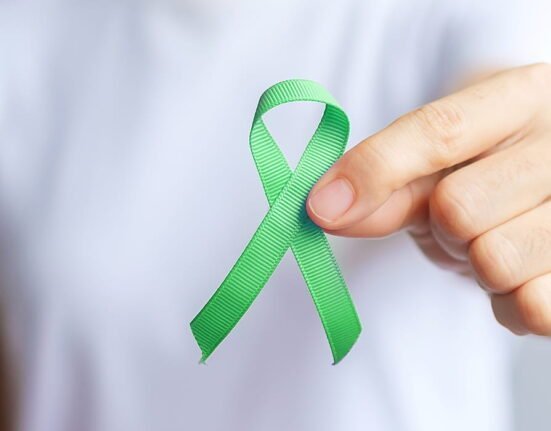





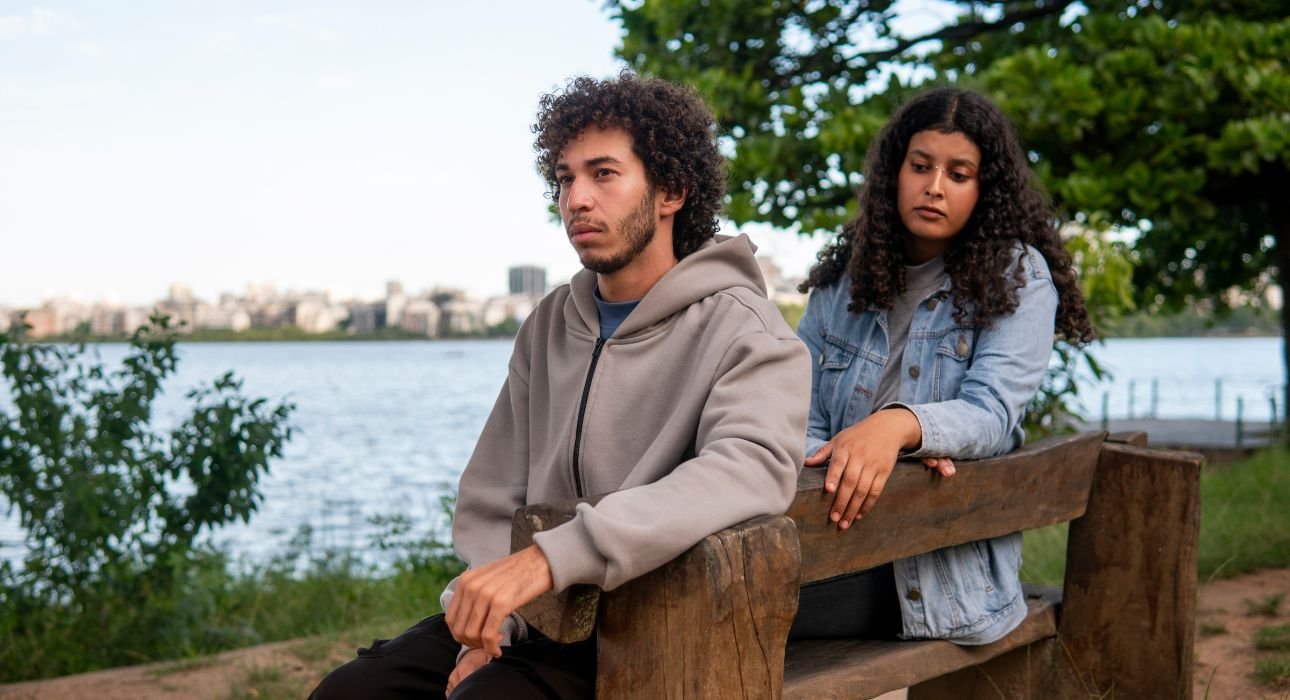
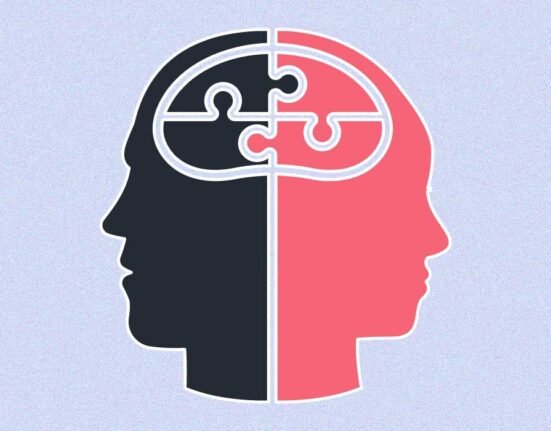

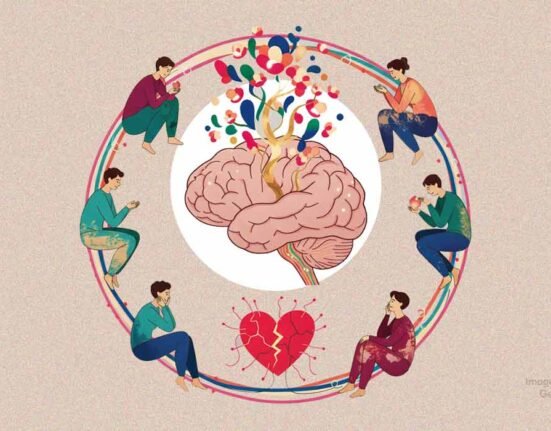

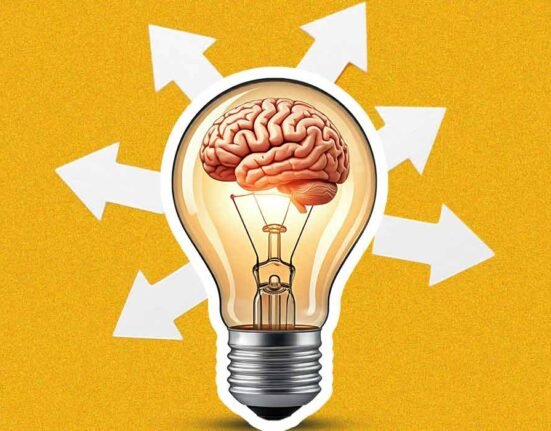
Leave feedback about this